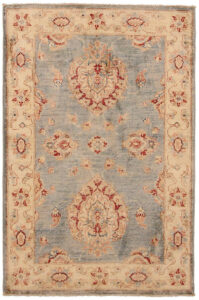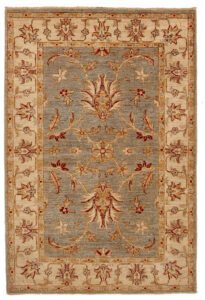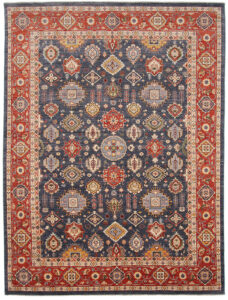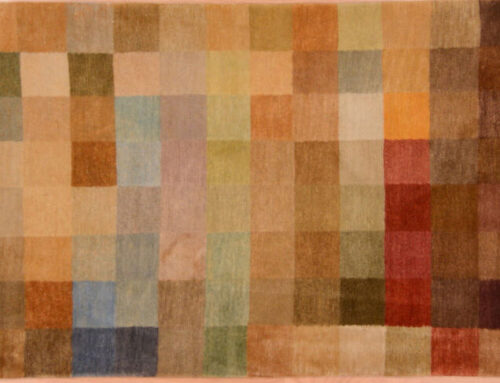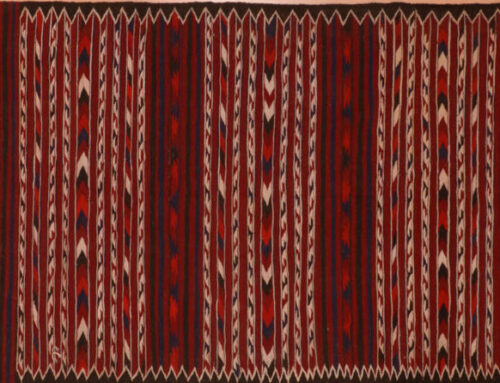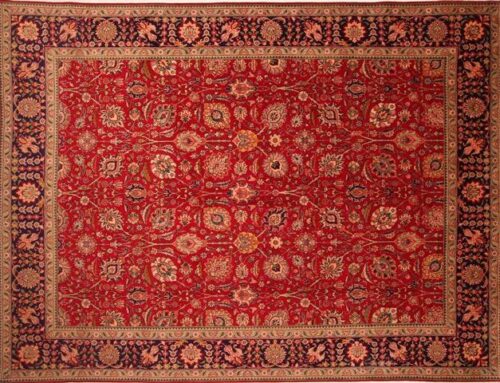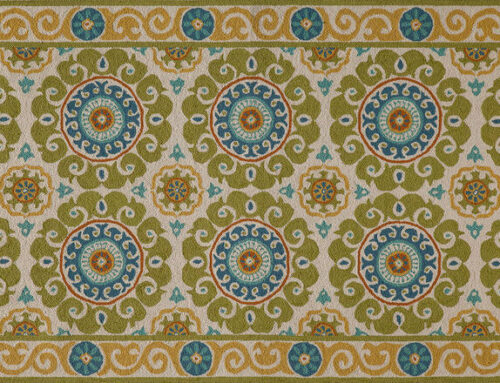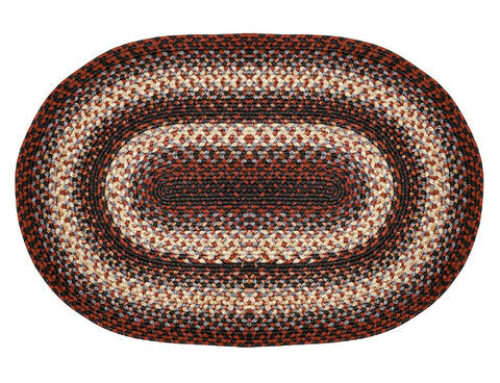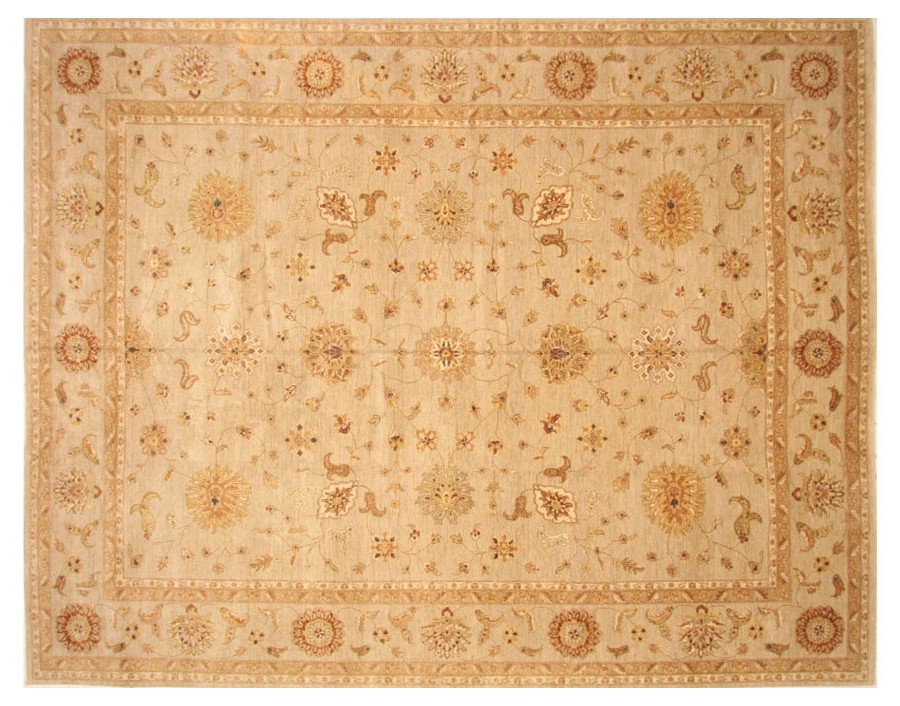
History of Ziegler Rugs
Ziegler was one of the first European companies to set up looms and use its own supervisors to oversee and advise on carpet designs and coloration for the Western market. Ziegler & Company began manufacturing carpets in 1876, and continued until the 1930s. The company was active in buying new and antique carpets through the open markets (bazaars) in Persia. The firm served as the buying agent for The Ardabil Carpets, now preserved in the collections of the Victoria and Albert Museum in London and the Los Angeles County Museum of Art in California.
Ziegler & Company contributed a great deal to the weaving area of Sultanabad in designs, coloration, and weaving quality.
Ziegler carpets are considered a valuable Oriental floor covering. Dimensions range from approximately ten feet by eight feet to large oversize carpets. A low percentage of five feet by three feet, six feet by four feet, and runners were also made.
After World War II, Ziegler carpets became fashionable and were in demand worldwide by interior designers and architects. For the past thirty-five years, the carpet industry has been copying antique Ziegler designs and coloration worldwide. New Zieglers are marketed successfully to consumers and the design industry. Respectable dealers from the United States that made Ziegler styles are Berdj Abadjian, Bergi Andonian, Chaman Carpets, Iraj Noorollah, Kalaty Rug Corporation, Safavieh, and Woven Legends, among others. Notable British dealers such as Ben Adoud and Kennedy Carpets also successfully made this style.
Characteristics of Ziegler Rugs
-
Material and Knots
Ziegler carpets often have a higher knot count by 10 to 20 percent in comparison to other Sultanabad carpets. But some Zieglers are very coarse, with qualities comparable to the Moshk Abad grade. Ziegler Sultanabad carpets have a cotton foundation and a wool pile. The Persian (asymmetric) knot is standard.
-
Color
A noticeable difference in their carpets was the coloration choices of olive green, gold, turquoise, and brown, which were employed in the border and background and which generally were not used by other Sultanabad-area weavers. Traditional colors of reds, ivory, and dark blue were also woven. A variety of blues, corals, greens, beige, camel, and grays appear in the design elements, outlines, and minor borders. Notably, Ziegler & Company consistently implemented natural dyes in their weavings, while other companies transitioned toward synthetic-dyeing practices.
-
Design and Pattern
Ziegler carpet designs were woven in a geometric, semigeometric, or floral style. Ziegler Sultanabads had a traditional medallion, Open Field, or allover pattern, but the company also introduced designs that incorporated elements suitable to Western tastes. An example was a dining room carpet featuring a plain field without a medallion surrounded by a main border and several guard borders. Another popular Ziegler design, which is still fashionable today, has large palmettes with flowing flower heads, leaves, and vines on an allover background. The Herati (fish) motif, with or without a medallion, was frequently woven. The company made use of the Wagireh (a woven rug sample) instead of paper cartoons as the predominant means of carpet design transmission.
Collections
- Ziegler Rug | © Rugman
- Ziegler Rug | © Rugman
- Ziegler Rug | © Rugman

